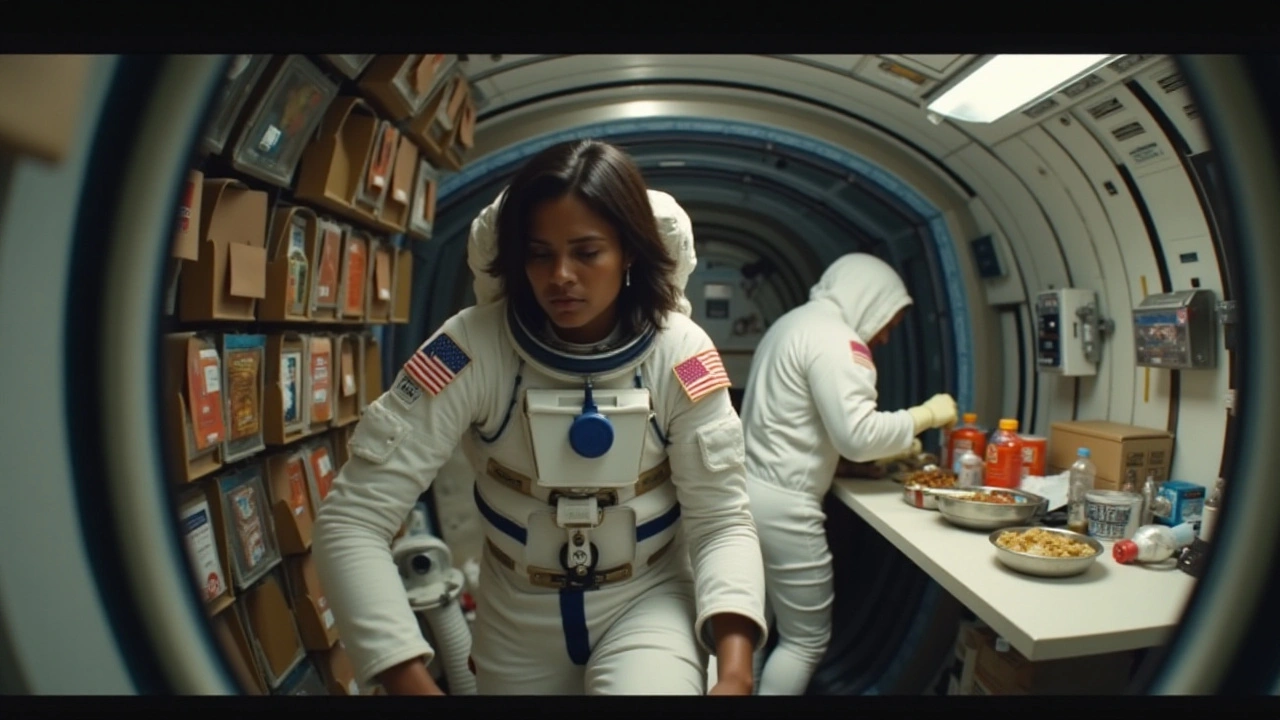Sunita Williams, a NASA astronaut stuck on the ISS due to a Starliner issue, shows health decline after six months in space. Prolonged microgravity exposure and calorie deficits worry experts. Despite NASA's assurances of routine health checks, concerns about her health persist, especially with no immediate evacuation plan available until early 2025.
Astronaut Health: What Space Does to the Human Body
Ever wonder what it feels like to live in zero‑gravity for months on end? It’s not just floating around and taking spectacular photos. Your body goes through major changes, and scientists have to work round the clock to keep astronauts healthy. Below we break down the biggest health challenges in space and the tricks NASA and other agencies use to tackle them.
Microgravity: Muscles and Bones Take a Hit
When you’re off Earth, the pull of gravity disappears. Your muscles no longer have to push against weight, so they start to shrink. In just a few weeks, astronauts can lose up to 20% of their muscle mass unless they stay on a strict exercise schedule. To fight this, the International Space Station (ISS) is equipped with treadmill‑like machines, resistance devices, and even a cycling ergometer. The goal is to mimic Earth‑like loads and keep the body from atrophying.
Bone density is another story. Calcium gets leached out of your skeleton, making bones more fragile. This condition, called space‑induced osteoporosis, raises the risk of fractures when the crew returns to Earth. Astronauts take vitamin D supplements and follow a diet rich in calcium, but the real defense is those high‑intensity resistance workouts that stimulate bone remodeling.
Cosmic Radiation: The Invisible Threat
Beyond Earth’s magnetic shield, space is flooded with high‑energy particles. Over a six‑month mission, an astronaut receives about 100‑200 millisieverts of radiation—roughly the same as a full‑body CT scan, but accumulated continuously. Long‑term exposure can increase cancer risk, affect the central nervous system, and even cause vision problems.
To protect crews, spacecraft are built with shielding materials like polyethylene, which are better at stopping protons and heavy ions. Researchers are also testing drug cocktails that could help repair DNA damage caused by radiation. While no solution is perfect yet, the combination of shielding, careful mission planning, and medical monitoring keeps risks manageable.
Psychological Well‑Being: Isolation and Confined Spaces
Living in a tiny module with the same people for months can strain mental health. Sleep cycles get messed up, cabin noise can be irritating, and the lack of natural light throws off circadian rhythms. NASA tackles this by scheduling regular “private time,” providing virtual reality tools to simulate Earth environments, and offering continuous psychological support via video calls.
Team cohesion exercises and clear communication protocols also help prevent conflicts. Studies show that crews who engage in shared hobbies—like playing music or watching movies together—report higher morale and lower stress levels.
In short, astronaut health isn’t just about staying fit; it’s about managing a complex mix of physical, radiological, and mental challenges. As we aim for longer missions to the Moon and eventually Mars, the lessons we learn now will shape the next generation of space travelers.
Whether you’re a space fan, a science student, or just curious about how the human body copes with extremes, the field of space medicine offers a front‑row seat to some of the most innovative health solutions on the planet.
